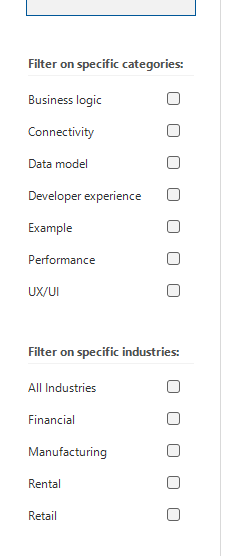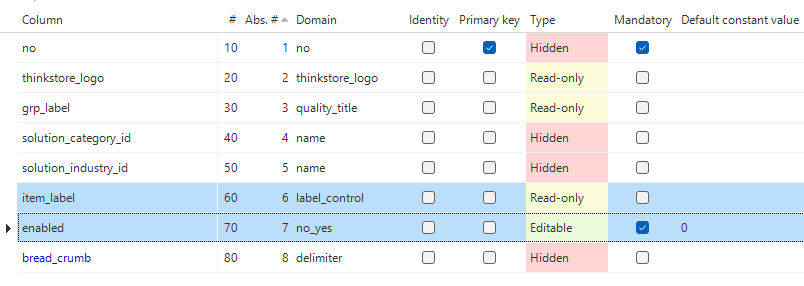I was just reading “filtering in a pivot grid”, and remembered that I had this Idea.
If you have a list and a detail, you can select multiple items in the list, but the detail is only linked to the main focus item.
I have a use case in which it would be great if you could expand this to, this key or … that key, or …, etc.
With a filter it is possible to have a filter to select multiple options, but this could be less clear to the user, and the fact that it is not possible to make the filter mandatory makes that we can’t use this option.
We have a large “fact table”, and I’m looking for a clear way in which a user can select some options to query, without ever selecting everything. The user should not start with everything, but with nothing.
If you have a graph, and 1000 categories, you don’t want to start with “show everything”.
If the graph would be a detail of a list with categories, the user could select one category and see the graph, or use the control key to select more.
Declined
Multiple keys to select from detail in relationship
Reply
Enter your E-mail address. We'll send you an e-mail with instructions to reset your password.









